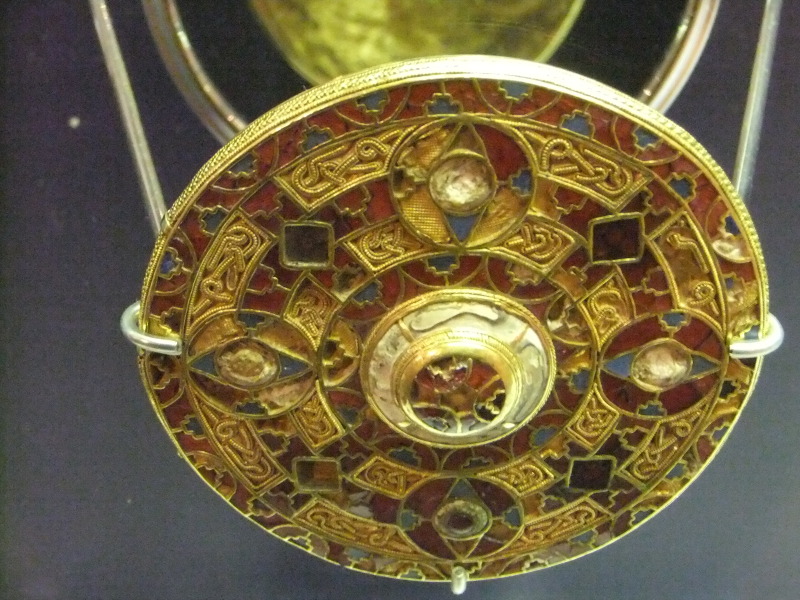Kingston, Kent on:
[Wikipedia]
[Google]
[Amazon]
Kingston is a village and
 The
The
Kingston, Canterbury
The tower of a
Kingston Parish Church
civil parish
In England, a civil parish is a type of administrative parish used for local government. It is a territorial designation which is the lowest tier of local government below districts and counties, or their combined form, the unitary authorit ...
between Canterbury
Canterbury (, ) is a cathedral city and UNESCO World Heritage Site, situated in the heart of the City of Canterbury local government district of Kent, England. It lies on the River Stour.
The Archbishop of Canterbury is the primate of t ...
and Dover
Dover () is a town and major ferry port in Kent, South East England. It faces France across the Strait of Dover, the narrowest part of the English Channel at from Cap Gris Nez in France. It lies south-east of Canterbury and east of Maids ...
in Kent
Kent is a county in South East England and one of the home counties. It borders Greater London to the north-west, Surrey to the west and East Sussex to the south-west, and Essex to the north across the estuary of the River Thames; it faces ...
, South East England
South East England is one of the nine official regions of England at the first level of ITL for statistical purposes. It consists of the counties of Buckinghamshire, East Sussex, Hampshire, the Isle of Wight, Kent, Oxfordshire, Berkshi ...
. The parish contains the hamlet of Marley.
History
 The
The Kingston Brooch
The Kingston Brooch is the largest known Anglo-Saxon composite brooch, and is considered by scholars to be an outstanding example of the composite disc brooch style. The brooch, created in the seventh century, is now in the World Museum Liverpool ...
, an important piece of Anglo-Saxon jewellery dating from the 7th Century, was discovered in a Tumulus on Kingston Downs in 1771 by the Reverend Bryan Faussett
Bryan Faussett (30 October 1720 – 20 February 1776) was an English antiquary. Faussett formed a collection that was rich in Anglo-Saxon objects of personal adornment, such as pendants, brooches, beads and buckles. He discovered the Kingston Br ...
(1720–1776), then Rector of Kingston. It is 8 cm in diameter, made of gold, with garnet, blue glass and shell settings. It is now on display in the World Museum, Liverpool
World Museum is a large museum in Liverpool, England which has extensive collections covering archaeology, ethnology and the natural and physical sciences. Special attractions include the Natural History Centre and a planetarium. Entry to the ...
.
Geography
The village is centred 5 miles south east of the city centre of Canterbury on the edge of theNorth Downs
The North Downs are a ridge of chalk hills in south east England that stretch from Farnham in Surrey to the White Cliffs of Dover in Kent. Much of the North Downs comprises two Areas of Outstanding Natural Beauty (AONBs): the Surrey Hills ...
in rolling hilly countryside that is an Area of Outstanding Natural Beauty
An Area of Outstanding Natural Beauty (AONB; , AHNE) is an area of countryside in England, Wales, and Northern Ireland, that has been designated for conservation due to its significant landscape value. Areas are designated in recognition of ...
.
Religious sites
The local church, dedicated toSaint Giles
Saint Giles (, la, Aegidius, french: Gilles), also known as Giles the Hermit, was a hermit or monk active in the lower Rhône most likely in the 6th century. Revered as a saint, his cult became widely diffused but his hagiography is mostly lege ...
, originated during the 11th century, and is now part of the Barham Downs group of churches. The walls of the nave
The nave () is the central part of a church, stretching from the (normally western) main entrance or rear wall, to the transepts, or in a church without transepts, to the chancel. When a church contains side aisles, as in a basilica-typ ...
and about two-thirds of the present chancel
In church architecture, the chancel is the space around the altar, including the choir and the sanctuary (sometimes called the presbytery), at the liturgical east end of a traditional Christian church building. It may terminate in an apse.
...
are thought to be original, the chancel being extended in the 13th century. The font
In metal typesetting, a font is a particular size, weight and style of a typeface. Each font is a matched set of type, with a piece (a " sort") for each glyph. A typeface consists of a range of such fonts that shared an overall design.
In mo ...
is also said to date from the 13th Century.The tower of a
windmill
A windmill is a structure that converts wind power into rotational energy using vanes called sails or blades, specifically to mill grain (gristmills), but the term is also extended to windpumps, wind turbines, and other applications, in some ...
stands some distance from the village.
Notable people
Sheila May Edmonds, mathematician, born here in 1916External links
Kingston Parish Church
References